This month, the children’s book community of Aotearoa New Zealand – and anyone who’s every interacted with her, probably – was collectively delighted to learn that illustrator Giselle Clarkson is one of the 2023 Arts Foundation Te Tumu Toi Laureates. These are big-deal awards for outstanding artists across many disciplines, coming with a $35,000 prize and a whole lot of honour and cultural importance.
The Laureate Selection Panel waxed lyrical about Giselle’s work, which you can read in full on the Arts Foundation website here, saying, “Whatever she is tackling, Giselle’s work is always technically impressive and incredibly imaginative; demonstrating huge sensitivity whilst retaining her trademark energy and vibrance.”
The Sapling has published her hilarious, charming and genuinely insightful comics since we launched, and we’ve been so proud to watch as her career has taken off even further as a freelance illustrator, applauded when she illustrated her first children’s picture book, and this year as she’s about to launch her fifth book, which is the first book she’s written as well as illustrated.
One of the founders of The Sapling – and a pal and fierce fan – Jane Arthur, put up her hand to write a profile in honour of Giselle’s latest honour.
How did you find out about being made Laureate? Please give me a realistic blow-by-blow of your response.
I got a message from Jessica Palalagi, who’s the General Manager of the Arts Foundation Te Tumu Toi, asking for my phone number – with no other details. That would be kinda shady if I didn’t know who she was! I assumed it was about a job. We arranged to speak on Thursday or Friday, so I stared at my phone until it rang on Friday morning and Jessica told me I was going to be a laureate.
I couldn’t really speak. I caught a glimpse of myself in the mirror and I was shaking and my whole body was so red I thought that at least if I died then and there I was going out on a high. Jessica assured me this wasn’t a hoax, or a dream, and that she’d follow up on Monday with an email. Still…by Sunday night I had absolutely convinced myself I’d imagined the whole thing, and I was wondering if there was another illustrator in New Zealand called Giselle who I had been mistaken for.
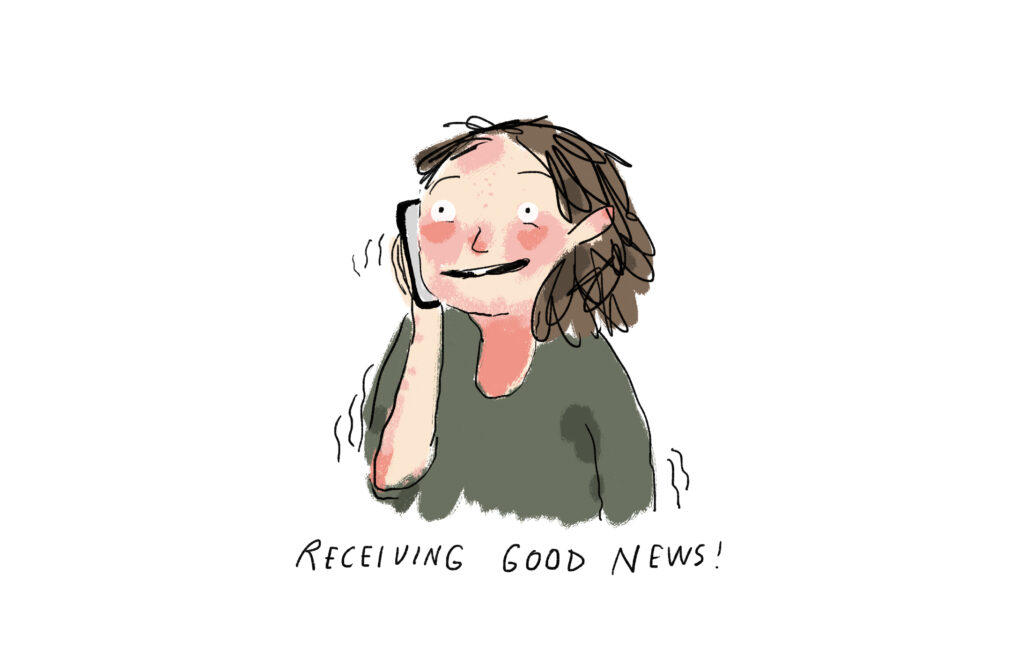
I’m interested in the fact you have a fine arts degree in photography, and yet look at you now! Can you explain how and why you turned to illustration as a career, and what happened to photography?
I never really set out to be a photographer! I went to uni at the end of Sixth Form, and I was adventurous enough to leave home but not really sure of who I was. I went to art school with the intention of becoming a painter but got better marks in photography, so that’s where I stayed. I’m glad that happened now – I appreciate the really good arts education I got by studying photography (documentary photography, specifically), and there’s a lot of stuff that I apply to my illustrations now, whether that’s compositional, or using a single image to tell a story, or just being self-motivated to keep making work and handling feedback. I didn’t stick with photography because it involved a lot of leaving the house and approaching strangers and I’m too much of an introvert.
Meanwhile I’d been doing digital drawing as a hobby, and it finally dawned on me in my mid-twenties that there was a potential career there. I had to work pretty hard to get my illustrations up to a professional standard though. I knew once I started getting my first commissions that I’d found the right job. I love working to a brief, working to certain constraints and puzzling out how to create the best illustration within those, and I can approach every new job in a slightly different way (I’d get bored otherwise).
What did you want to be when you grew up?
A farmer-painter-musician-composer-writer.
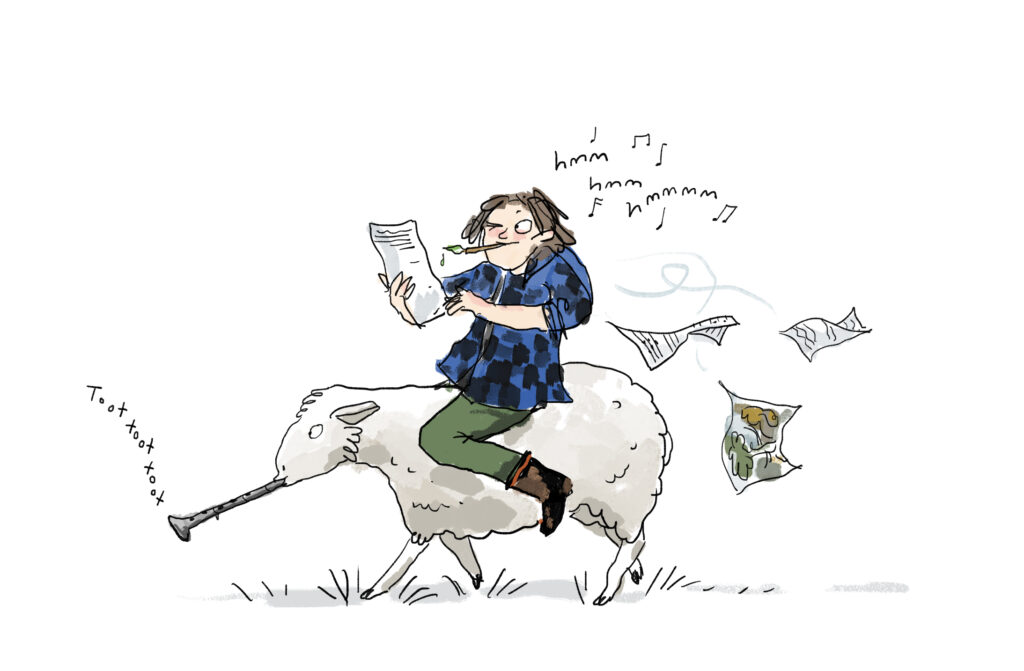
You were awarded, specifically, the Mallinson Rendel Illustrators Award, which is given every two years to a children’s illustrator and previously won by legends David Elliot, Gavin Bishop, Jenny Cooper, Donovan Bixley, Ruth Paul and Vasanti Unka. I love that you have received it because it feels a bit like Chris Tse being our Poet Laureate – totally worthy, of course, but also: both laureateships awarded while you’re still in your thirties! Millennials are the future!
Anyway, my question here: How much of your day-to-day illustration work (i.e. paycheck, I guess) is children-related compared with non-children’s illustration? And why are you so drawn to working with a child audience in mind?
At the moment, it’s mostly work for children, but then the majority of my other stuff is for a general audience, so it’s not not for kids.
I still delight in a lot of the same things I did when I was young, and I never grew out of loving picture books. I still look at other people’s drawings and get the feeling of “wow, I want to be an illustrator too!” A beautiful picture book is a window, AND an art gallery. There are illustrations that have stayed with me my whole life, and they’re places to visit in my mind – like the golden summer haze in Jenny Williams’ 1969 illustrations for The Lion in the Meadow, or the cool, leafy calm that Maurice Sendak drew in Mr. Rabbit and the Lovely Present. Kids deserve beautiful and interesting and funny places for their imaginations to travel to, and I love that I get to inhabit those places for a job. If I do my job well, maybe someone will still be thinking about the places I draw 30 years from now.
Do you have any big – or small – future artistic goals for yourself? Mediums to master, styles to dabble in, books to write, authors to illustrate for, horses to draw?
Nothing specific – only to keep pushing myself to be better, and better, and better. I hope my illustration style continues to evolve, and I want to write more. Horses and other ungulates are an inevitability I’m learning to accept.
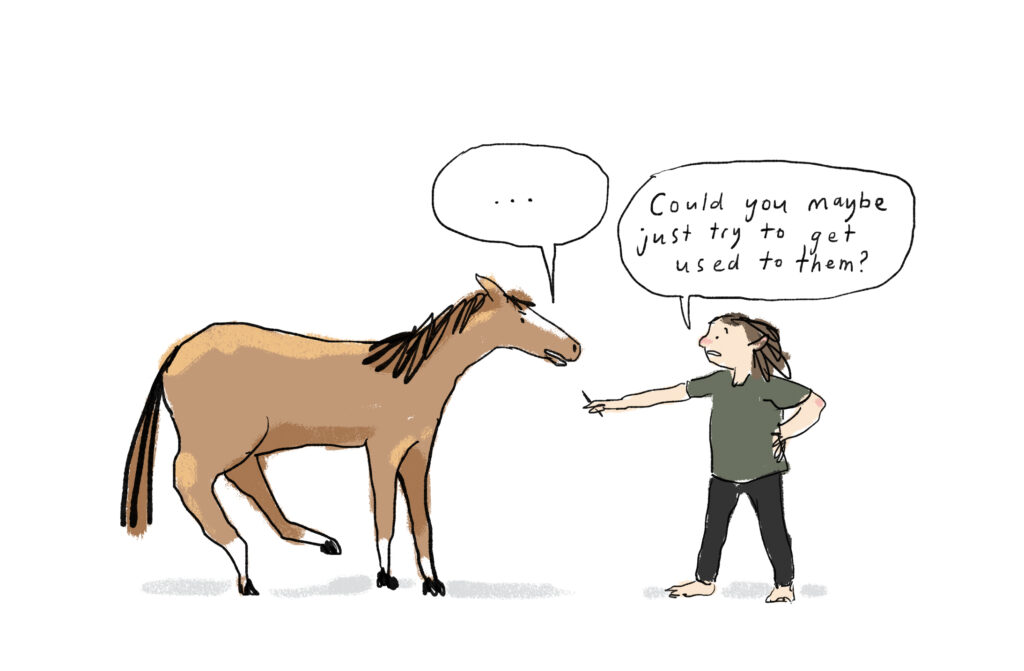
Your illustration work is really special, because it’s simple and relaxed, funny and timeless (Quentin Blake comparisons are not an exaggeration, but you’re more relatable to kids, I reckon – don’t tell him), but also scientifically sound! I know you work hard to achieve those qualities. How do you do it? How do you make it remain looking relaxed on the page?
I’m a perfectionist, although it might not look like it. If a picture doesn’t look right, I re-do it and I try to get it all done in one go. I don’t like my work to look laboured… It’s like handwriting – if you have to stop and think about the spelling, it never flows so well. I realised my early sketches were often livelier and funnier, and I wanted to retain that. The reality of freelance work means I can’t always draw in such a loose way, but it’s what comes most naturally.
This is a beautiful year for you. After being the illustrator of five fabulous books written by other people, you have your first written-and-illustrated-by-Giselle-Clarkson book coming out in October. This is a project that makes utter, complete sense to me, and to anyone who’s read your comics here on The Sapling, because you are such a good, natural writer: you’re a really clear, and very funny, communicator. Tell me about The Observologist (Gecko Press), and how the idea took seed and developed.
The Observologist is a scientific and informative but also funny handbook for young naturalists. It’s all about finding wonder and delight in places that are unexpected but very accessible to children. Like…common house flies are evolutionary marvels, and are surprisingly glossy and colourful. You don’t have to love them, but I do think everybody should take a closer look. It’s got an introduction to taxonomy and scientific names, lots of beautiful insects and handy tricks for watching them or gently removing them from your house. It’s got a guide for how to be a birdwatcher even if you can’t see any actual birds.
Gecko Press had been nudging me towards writing my own book for a while, but I wasn’t sure how to go about it. I had an idea that I’d like to write about small things – the wonder of tiny creatures and what it’s like to watch them. It was in the back of my mind for months, but going nowhere because I was worried I wouldn’t be a good writer. It took a little bit more encouragement before I knew I’d be really silly not to grab the opportunity being presented to me. I was fortunate to get a Creative New Zealand grant, so I really couldn’t procrastinate anymore after that. I started by writing down everything I knew and liked about invertebrates and plants and fungi, and it grew from there. I could have kept writing it forever.
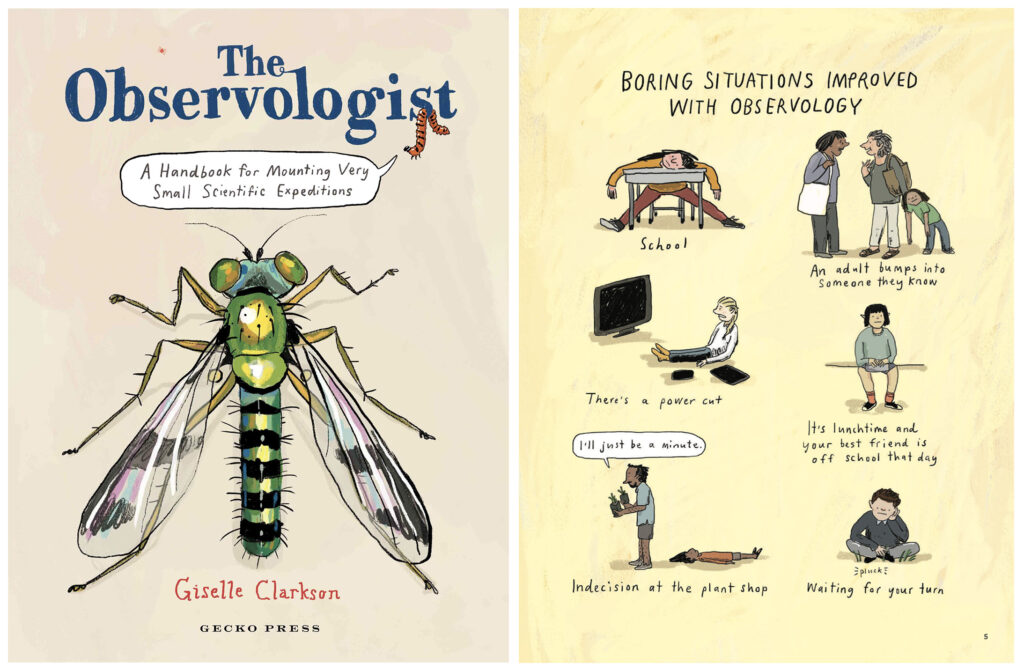
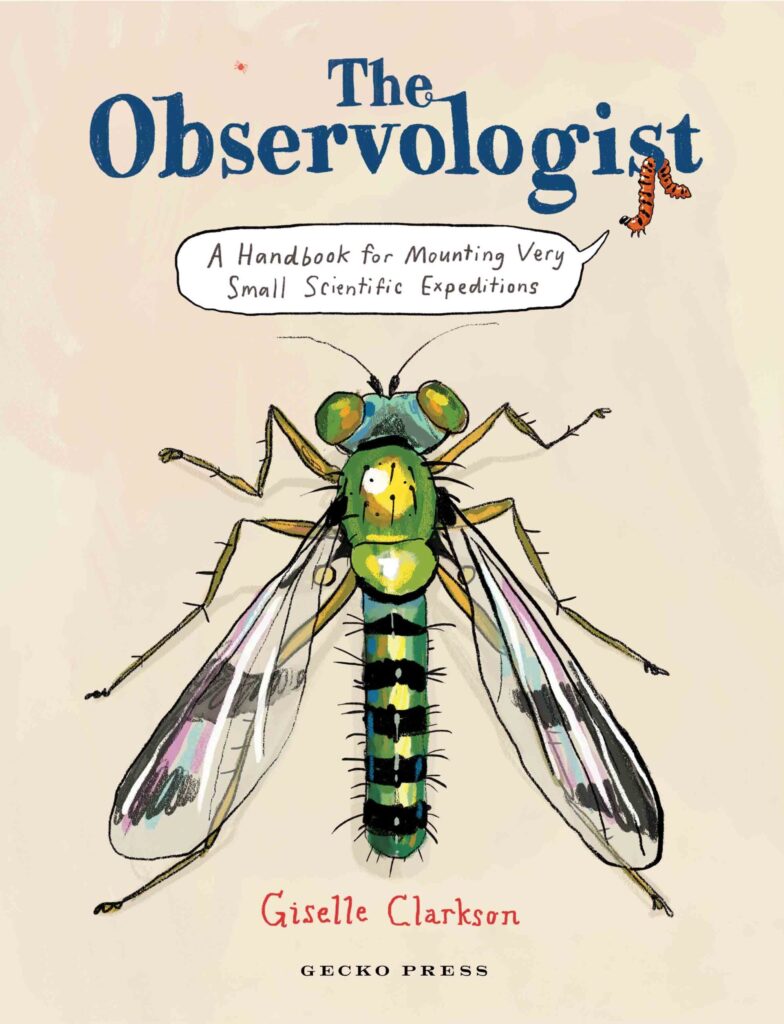
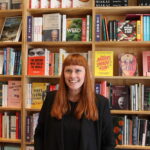
Jane Arthur
Jane Arthur's debut children's book, Brown Bird(PRH) was published in May 2024 to widespread acclaim. Jane is co-founder of The Sapling, co-owned and managed GOOD BOOKS, a small independent bookshop in Pōneke Wellington and has twice judged the NZ Book Awards for Children and Young Adults, in 2019 and 2020. Her debut poetry collection, Craven (VUP) won the Jessie Mackay Prize for best first book of poetry at the 2020 Ockham NZ Book Awards, and her second collection, Calamities!(THWUP) was longlisted for the Mary and Peter Biggs Award for Poetry in the 2024 Ockham Awards.



